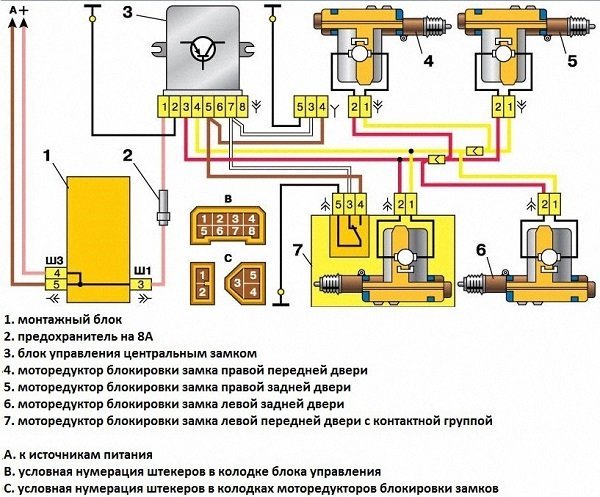
The importance of warming up your car before driving
Scandphoto / Shutterstock.com
Many people find it important to warm up their car before driving. This has been the dominant school of thought for a long time, going back to a time when cars had carburetors and many of them didn't run cleanly or respond properly until they reached the correct operating temperature. There was also a belief among aluminum engine car owners that the metal should be warmed up before normal driving due to the different coefficient of expansion between steel and aluminum components.
No need to warm up
The truth is that nowadays there is no need to warm up the car engine before driving. A few seconds of work is enough to ensure full oil pressure throughout the engine, so you can just pull away like on a summer day. This has been made possible in large part by the global adoption of electronic fuel injection systems that are calibrated to provide a perfectly flammable mixture at all temperatures and to ensure proper throttle response at all times.
It's ok to leave
In fact, there's a strong argument for pulling away immediately, and you'll find this advice in most car owner's manuals these days. You see, the engine needs very little fuel to maintain idle speed, which means that not much heat is generated. Without a lot of heat, the metal in the engine doesn't expand quickly, and the engine takes longer to reach design tolerances - the optimum distance between moving parts. As a result, in a cold engine, there is a high level of "breakthrough" of the unburned fuel mixture, when gases pass by the piston rings and descend into the oil sump, where they dilute the lubricant.
Moving away from the place, the engine is under load, and much more fuel is required to propel a rather heavy car. By burning more fuel in a shorter time, engine components heat up faster, expand quickly, and reach their design tolerances—all of which reduces cylinder blowout to a fraction. Of course, we wouldn't advise running full throttle at high RPM on a cold engine, and wouldn't justify dragging it around. But that's just common sense.
The only reasons we can think of why you would want to warm up your car for some time before driving is in an icy climate where you may need warmth inside the car along with warm thawing air to clear your windshields for sufficient and safe visibility. In this situation, the additional use of fuel and the risk of lubricant contamination may be justified. In addition, you can stop wasting fuel and time and just continue on your way.
